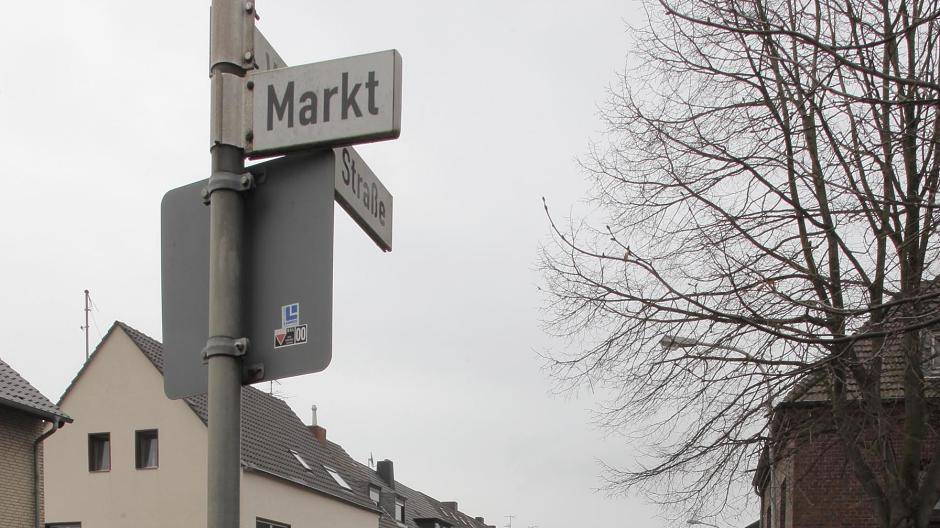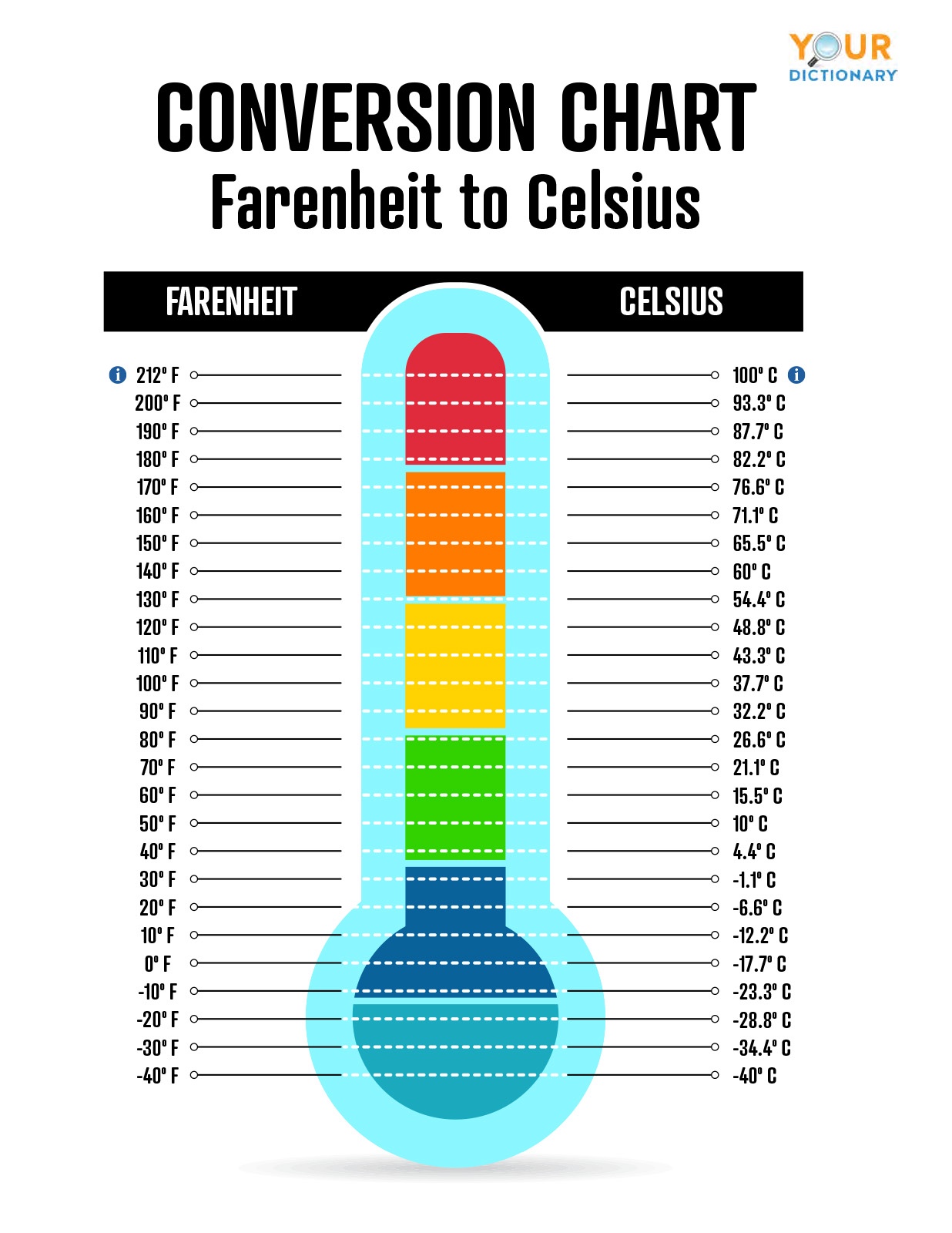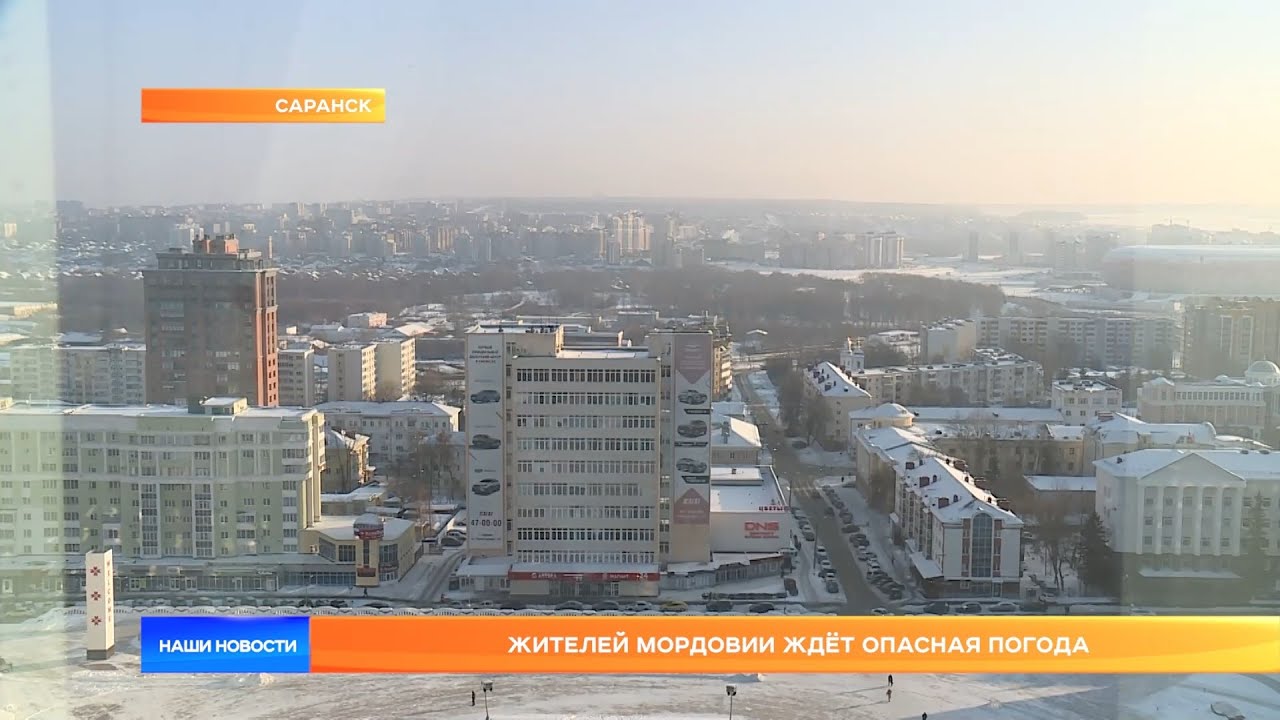Choosing Between Annuals And Perennials For Your Garden

Table of Contents
Understanding Annuals
What are Annuals?
Annual plants complete their entire life cycle – from germination to seed production – within a single growing season. This means they sprout, flower, set seed, and die all within a year. Their rapid growth makes them a popular choice for quick bursts of color.
- Examples of popular annuals: Petunias, Zinnias, Marigolds, Sunflowers, Impatiens, Nasturtiums.
- Benefits of annuals:
- Bright, fast-growing color: Annuals deliver instant impact, filling your garden with vibrant blooms quickly.
- Wide variety of colors and shapes: The sheer diversity of annuals allows for endless creative possibilities in garden design. You can find annuals in virtually every color imaginable, with diverse flower shapes and sizes.
- Easy to grow from seed: Many annuals are easily grown from seed, making them a budget-friendly option. Starting seeds indoors can give you a head start on the growing season.
- Drawbacks of annuals:
- Require replanting yearly: This is the biggest drawback – you'll need to purchase or grow new plants each year.
- Susceptible to pests and diseases: Some annuals are more prone to pests and diseases than perennials, requiring regular monitoring and treatment.
Choosing the Right Annuals for Your Garden
Selecting the right annuals depends on several factors:
- Consider these factors:
- Climate zone: Choose annuals that are suited to your local climate and frost dates.
- Amount of sunlight: Different annuals have different sunlight requirements; some thrive in full sun, while others prefer shade.
- Soil drainage: Well-draining soil is essential for most annuals; avoid planting in soggy areas.
- Tips for successful annual planting:
- Spacing: Follow the recommended spacing guidelines on seed packets or plant tags to ensure adequate air circulation and prevent overcrowding.
- Watering: Water regularly, especially during dry spells, but avoid overwatering which can lead to root rot.
- Fertilizing: Regular fertilization will promote vigorous growth and abundant blooms.
Understanding Perennials
What are Perennials?
Perennials live for more than two years, returning year after year. They typically have a slower growth rate than annuals, but their longevity makes them a worthwhile investment.
- Examples of popular perennials: Lavender, Hostas, Daylilies, Coneflowers, Salvia, Sedum.
- Benefits of perennials:
- Return year after year: Once established, perennials require less frequent planting.
- Less maintenance once established: While they require initial care, established perennials often need less watering and fertilizing than annuals.
- Attract pollinators: Many perennials are attractive to bees, butterflies, and other beneficial insects, enhancing your garden's biodiversity.
- Drawbacks of perennials:
- Slower growth: It takes time for perennials to mature and reach their full potential.
- Can be more expensive upfront: The initial cost of perennials is often higher than annuals.
- May require division or pruning: Some perennials benefit from division every few years to prevent overcrowding and maintain vigor; others may require pruning to maintain their shape.
Choosing the Right Perennials for Your Garden
Choosing the right perennials requires careful consideration:
- Factors to consider:
- Hardiness zone: Select perennials that are hardy in your USDA plant hardiness zone.
- Mature size and spread: Consider the ultimate size of the plant to ensure it has enough space to grow without overcrowding other plants.
- Bloom time: Choose a variety of perennials with different bloom times to enjoy continuous color throughout the growing season.
- Tips for successful perennial planting:
- Proper spacing: Provide adequate spacing according to the plant's mature size.
- Soil preparation: Amend the soil with compost or other organic matter to improve drainage and fertility.
- Winter protection: Some perennials may need protection from harsh winter conditions, especially in colder climates.
Annuals vs. Perennials: A Direct Comparison
Cost Comparison
Annuals are generally less expensive initially, but the recurring cost of replacing them each year can add up over time. Perennials are more expensive upfront but offer long-term savings.
Maintenance Comparison
Annuals generally require more frequent watering and fertilizing, but less pruning. Perennials need less frequent watering and fertilizing once established but may require more pruning and division.
Visual Appeal
Both annuals and perennials offer stunning visual appeal. Annuals provide a quick burst of color and flexibility in design, while perennials offer a more established, long-lasting aesthetic. [Insert images of beautiful annual and perennial gardens here]
Conclusion
Choosing between annuals and perennials ultimately depends on your individual gardening goals, experience level, and available resources. Annuals offer instant gratification and flexibility, while perennials provide long-term beauty and require less frequent planting. Understanding the differences between annuals vs perennials will help you create a thriving and beautiful garden.
Call to action: Choose the perfect plants for YOUR garden! Learn more about annuals vs perennials and start planning your dream garden today! Research specific annuals and perennials suited for your climate and desired aesthetic for a thriving and beautiful garden.

Featured Posts
-
 Alastqlal Rmz Alkramt Walfkhr Alwtny
May 29, 2025
Alastqlal Rmz Alkramt Walfkhr Alwtny
May 29, 2025 -
 Akcios Gyujtoi Termekek A Lidl Ben Mire Erdemes Figyelni
May 29, 2025
Akcios Gyujtoi Termekek A Lidl Ben Mire Erdemes Figyelni
May 29, 2025 -
 Venloer Strasse Karl Hermann Wird Karl Weinbar
May 29, 2025
Venloer Strasse Karl Hermann Wird Karl Weinbar
May 29, 2025 -
 Stratiotika Elikoptera Ipa Egkrinei Polisi 1 4 Dis Dolarion Sta Iae
May 29, 2025
Stratiotika Elikoptera Ipa Egkrinei Polisi 1 4 Dis Dolarion Sta Iae
May 29, 2025 -
 The Adorable Nickname Morgan Wallens Grandma Uses
May 29, 2025
The Adorable Nickname Morgan Wallens Grandma Uses
May 29, 2025
Latest Posts
-
 Texas Heat Advisory Temperatures To Hit 111 Degrees Fahrenheit
May 30, 2025
Texas Heat Advisory Temperatures To Hit 111 Degrees Fahrenheit
May 30, 2025 -
 Bajas Temperaturas En Lima Advertencia Del Senamhi Por Frio Extremo
May 30, 2025
Bajas Temperaturas En Lima Advertencia Del Senamhi Por Frio Extremo
May 30, 2025 -
 Mada Preduprezhdaet Opasnaya Pogoda V Izraile
May 30, 2025
Mada Preduprezhdaet Opasnaya Pogoda V Izraile
May 30, 2025 -
 Preduprezhdenie Politsii Izrailya Ostavaytes Doma
May 30, 2025
Preduprezhdenie Politsii Izrailya Ostavaytes Doma
May 30, 2025 -
 Izrail Mada Prognoziruet Ekstremalnye Pogodnye Usloviya Zharu Kholod I Shtorm
May 30, 2025
Izrail Mada Prognoziruet Ekstremalnye Pogodnye Usloviya Zharu Kholod I Shtorm
May 30, 2025
